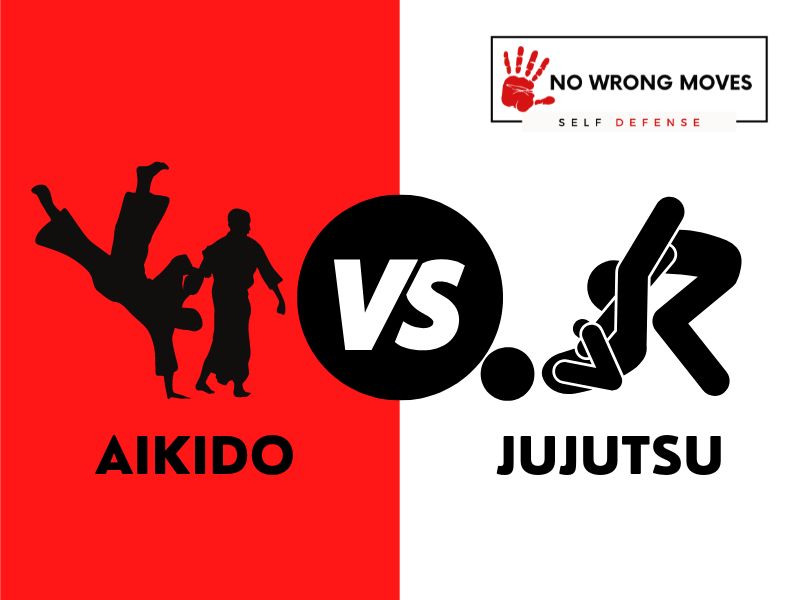
- What We Know About Aikido
- What We Know About Jujutsu
- Key Elements Of Aikido
- Key Elements Of Jujutsu
- Aikido Rankings & Levels
- Jujutsu Rankings & Levels
- Aikido Vs. Jujutsu Attire
- What A Typical Aikido Training Session Looks Like
- What A Typical Jujutsu Training Session Looks Like
- Aikido Movies
- Conclusion: Aikido Vs. Jujutsu
Many people in the martial arts community debate whether Aikido or Jujutsu is the better practice. While both offer unique benefits and principles, there are some key differences that set them apart.
The main difference between Aikido and Jujutsu is that Aikido focuses on redirecting and controlling an attacker, while Jujutsu focuses on disabling or defeating them.
Jujutsu typically includes strikes, joint locks, and throws as offensive techniques. On the other hand, Aikido does not rely on these techniques as much and instead uses their opponent's energy and momentum against them to control or redirect the attack.
Aikido also puts a strong emphasis on cultivating a calm and non-violent mindset, while Jujutsu may involve a more aggressive attitude towards self-defense.
Both Aikido and Jujutsu can be useful forms of self-defense, but it ultimately depends on the individual's goals and preferences. It is important to consider all aspects, including philosophy, technique, and environment, before choosing a martial art to practice.
What We Know About Aikido
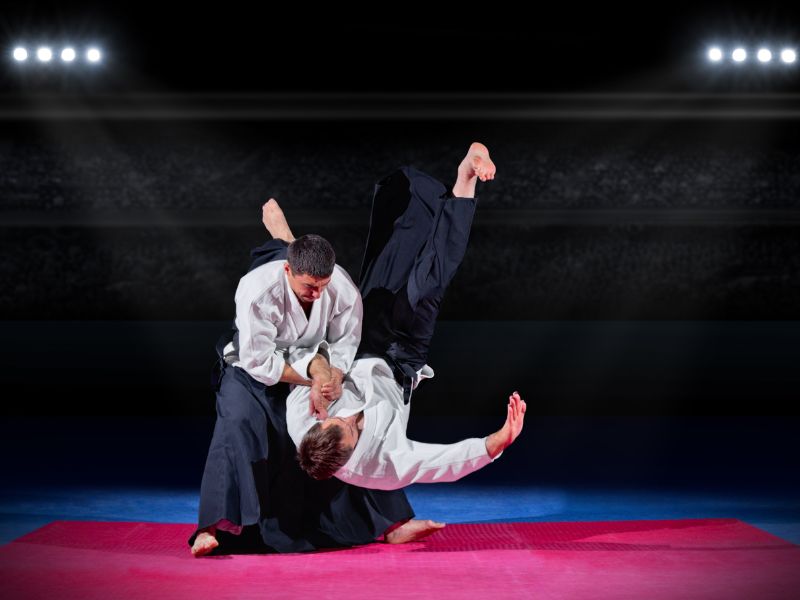
Aikido is a modern martial art that was created in the early 20th century by Morihei Ueshiba. It is based on the principles of budo, which follows the code of ethics of bushido.
Bushido is the code of ethics that samurai follow and teaches justice, courage, benevolence, politeness, honesty, honor, and loyalty.
Aikido is a combination of aikijujitsu, which is a martial art that uses both unarmed and armed fighting techniques, and iai-jutsu, which is a martial art that uses swordsmanship.
Aikido employs unarmed techniques, such as strikes, joint locks, and throws to subdue an opponent. It also makes use of weapons such as knives, swords, and sticks to defend against an attacker.
Aikido practitioners believe that one should only use the amount of force necessary to achieve their goals.
They also believe in using an opponent's momentum against them in order to control them rather than harm them.
Aikido is a challenging but rewarding martial art to study. It requires hefty discipline and dedication to master its techniques.
Thankfully though, the rewards are great for those who persevere, especially since Aikido can provide its practitioners with a sense of confidence and inner peace. It can also teach them how to better defend themselves and others in dangerous situations.
What We Know About Jujutsu
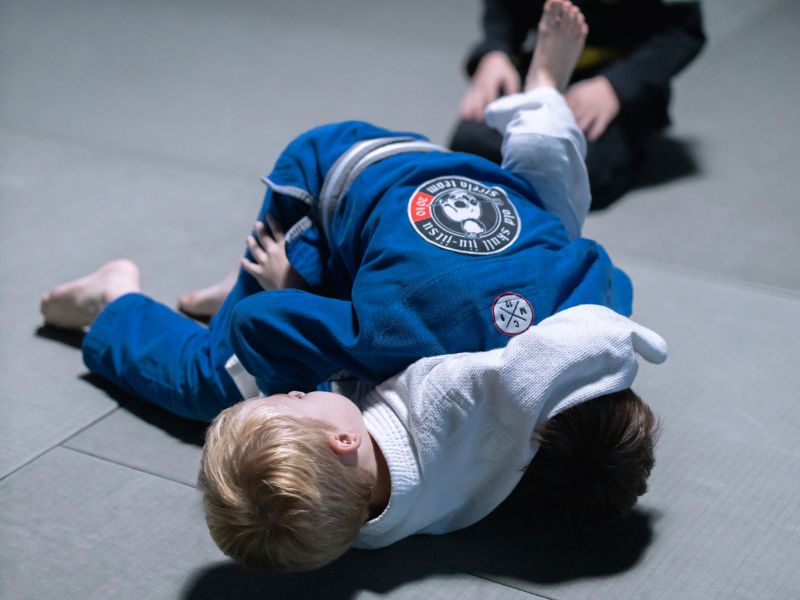
Jujutsu is a martial art that has its origins in feudal Japan. It is a versatile form of self-defense that can be used in both unarmed and armed combat. Translated literally, the word jujutsu means "the gentle art."
To the uninitiated, it's a strange thing to call a martial art, to be sure, but it's not without any reasonable basis. Jujutsu is primarily a close-quarters fighting style that utilizes grappling, joint locks, and throws to subdue an opponent.
Most of its maneuvers can be done without any fear of seriously harming an opponent, meaning it's a very safe martial art to learn overall. So the name makes sense in this case!
Jujutsu is also an ideal form of self-defense for women, who are often at a disadvantage when faced with a larger and stronger assailant. And in addition to its practical applications, jujutsu is also an excellent workout and can help to improve balance, coordination, and flexibility.
Of course, this is only a brief history and understanding of Aikido and Jujutsu, but if you want to go deeper into either art, be sure to check out the following posts:
Now, back to the comparison...
Let's look at the origins of the respective disciplines and then compare the key elements of their practices. You will be able to understand some of their similarities and differences a bit better afterward.
| Aikido | Jujutsu | |
| Origins | Japanese | Japanese |
Key Elements Of Aikido
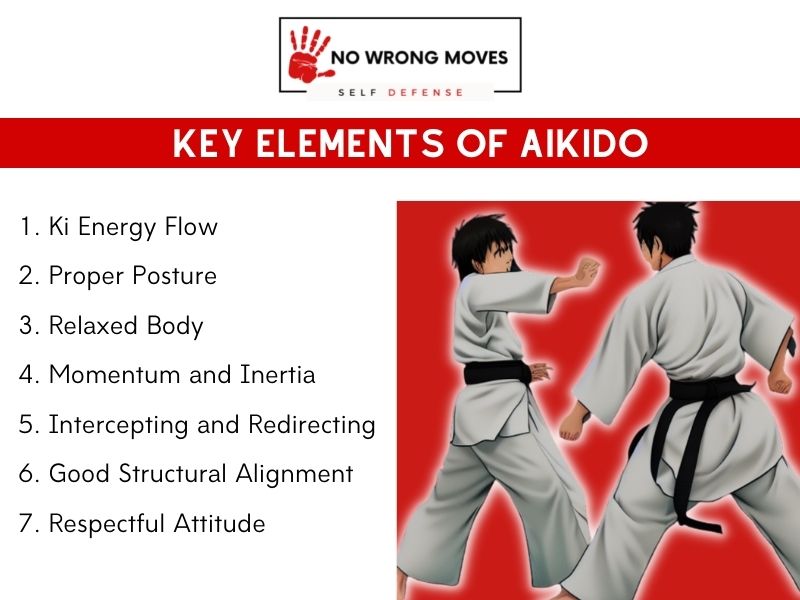
Aikido is a Japanese martial art that focuses on the proper stance and balance of the practitioner. Proper stance and balance are critical components of Aikido, as they provide the foundation for all other techniques.
A stable and balanced stance allows the practitioner to move fluidly and with control, making it easier to perform techniques effectively.
In Aikido, practitioners learn to redirect their opponent's energy rather than using force against them. Redirecting energy is one of the fundamental aspects of Aikido, and it's difficult to separate this idea from the sport itself.
Through properly redirecting an opponent's energy, Aikido practitioners can use their opponent's momentum against them, rather than relying on their own strength.
Apart from physical techniques, Aikido also emphasizes controlling one's emotions. Practitioners learn to remain calm and focused, even in stressful situations.
Aikido also places a strong emphasis on non-violent conflict resolution. The first option in any situation is to find a peaceful resolution, rather than resorting to violence.
Remember that in Aikido, the first option is not violence, and it reflects the overall philosophy of Aikido as a martial art focused on peace and harmony.
Key Elements Of Jujutsu
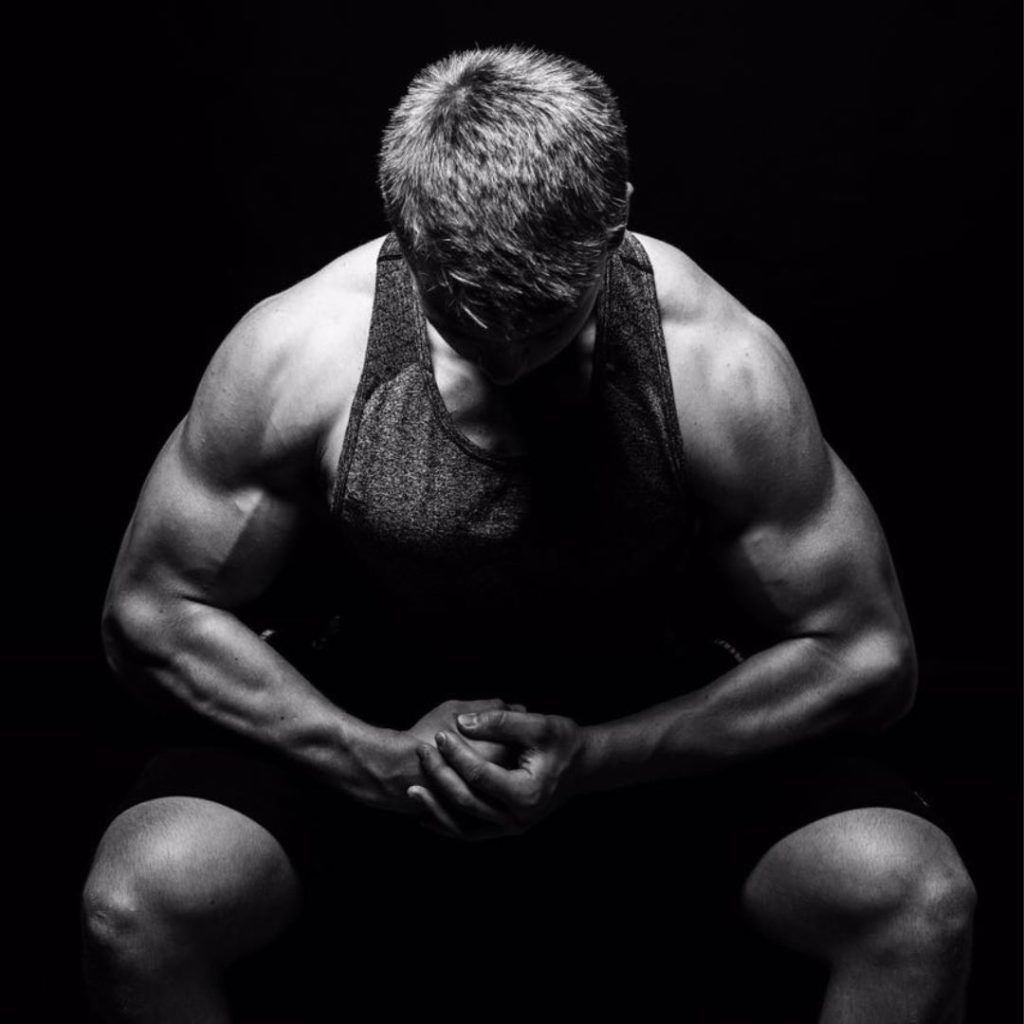
Jujutsu is a martial art that incorporates a wide range of techniques, including joint locks, throws, striking, chokes, strangles, and groundwork.
Joint locks involve manipulating an opponent's joints to cause pain or restrict their movement. Throws involve using leverage and momentum to unbalance an opponent and take them to the ground.
Striking includes punches, kicks, and other strikes that can be used to defend against an attacker. Chokes and strangles involve applying pressure to an opponent's neck to render them unconscious or cause them to tap out.
And finally, groundwork involves fighting... well, on the ground, which is an extraordinarily crucial aspect of Jujutsu.
One of the most important aspects of Jujutsu is its emphasis on technique over brute strength. Unlike some other martial arts, Jujutsu focuses on using an opponent's strength and momentum against them.
This means that smaller or weaker individuals can still defend themselves effectively against larger and stronger attackers.
Jujutsu also emphasizes the importance of controlling an opponent rather than simply overpowering them. This allows practitioners to neutralize an attacker without causing serious harm.
Another key component of Jujutsu is its focus on self-defense. Many of the techniques taught in Jujutsu are specifically designed to defend against common types of attacks, such as grabs and strikes.
In addition to physical techniques, Jujutsu, I believe, also emphasizes the importance of situational awareness and conflict avoidance. This means that practitioners are encouraged to be aware of their surroundings and to avoid potentially dangerous situations whenever possible.
Another thing I think is important to look at is the different rankings and levels in each art. if you are looking to take up either Aikido or Jujutsu, whether as a hobbyist or to compete, you need to understand the different levels of proficiency and what is required for testing and ranking.
Aikido Rankings & Levels
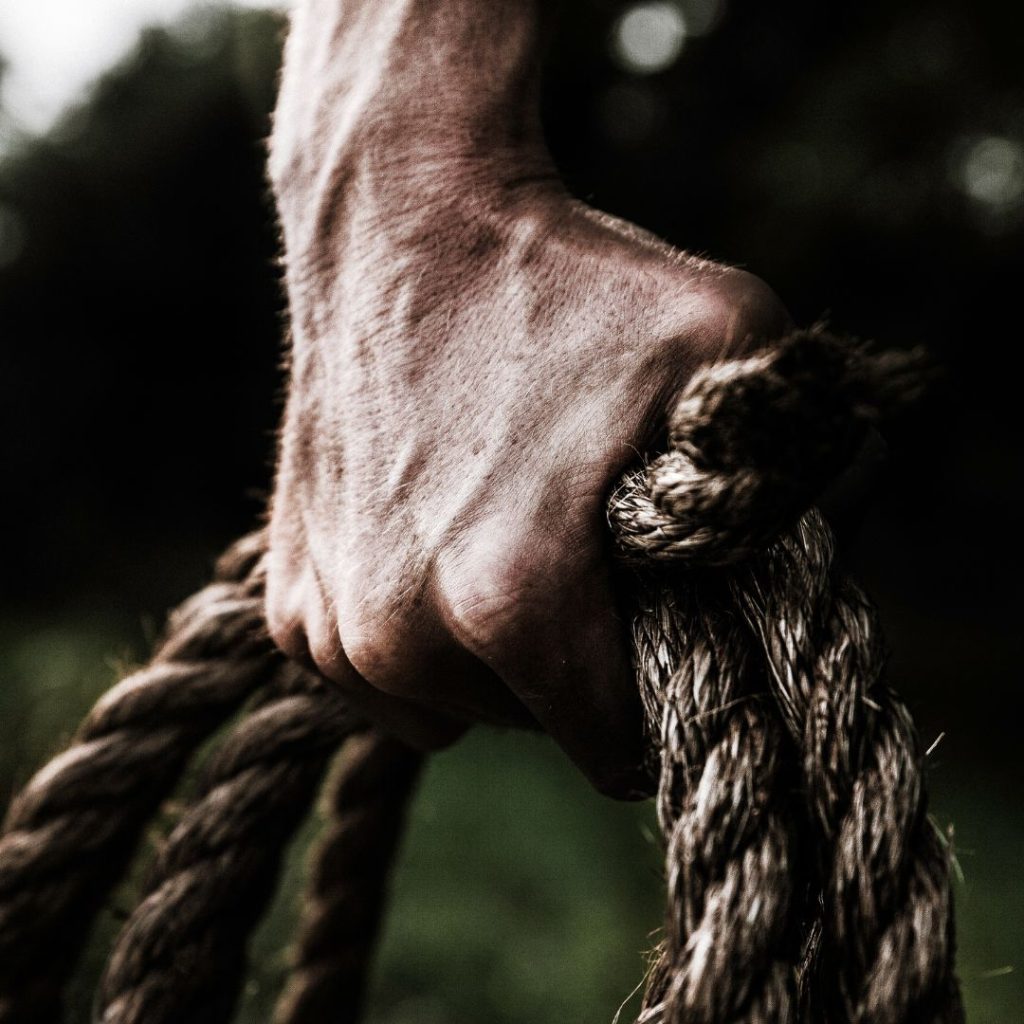
Aikido is a discipline that has many different levels, each represented by a different colored belt. The first level is white belt, which is for beginner students. Once you have mastered the basics of Aikido, you can move on to the blue belt, which is for intermediate students.
And finally, once you have mastered the art of Aikido, you can become a black belt, which is the highest level.
There are three degrees as a black belt holder: 1st dan, 2nd dan, and 3rd dan black belt. In order to achieve each of these degrees, you must pass a test that proves your mastery of Aikido.
There are also other ranks and colors that exist outside of the traditional ranking system. In some Western Aikido schools, there are more ranks added in between 1st dan and 2nd dan.
These ranks can be any combination of colors, and it allows for students to be promoted at a more gradual pace and helps to distinguish between students of different ranks.
Jujutsu Rankings & Levels
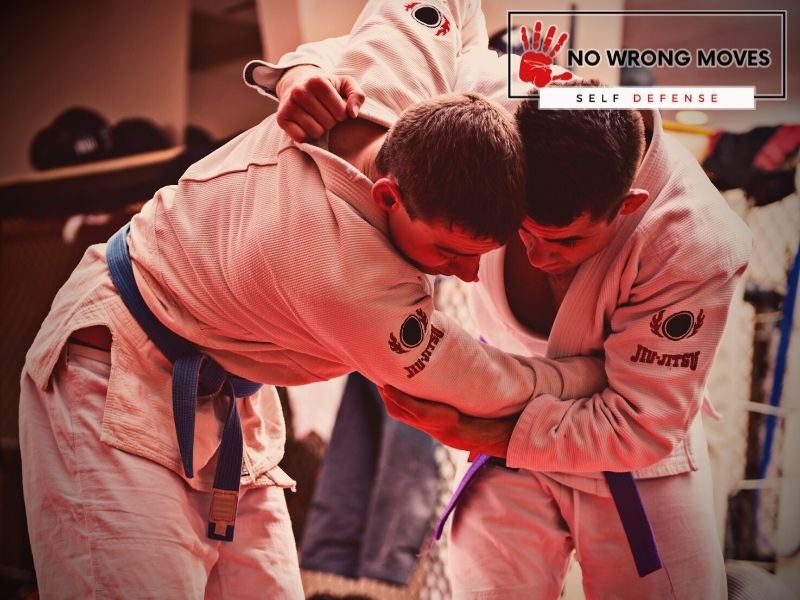
In Jujutsu, the white belt is the first belt a practitioner will earn. This rank is given to anyone new to the art and has no prerequisites.
Many instructors believe that a white belt's training should emphasize escapes and defensive positioning, as white belts often find themselves in inferior positions when training with more experienced practitioners... which is to be expected, of course, but it's a good point nonetheless.
Moving up in the ranks, the blue belt is the second adult rank in Jujutsu. At this level, students gain a wide breadth of technical knowledge and undergo hundreds of hours of mat time to learn how to implement moves efficiently.
Practitioners must typically be at least 16 years old to receive a blue belt, officially entering them into the adult belt system.
The purple belt is the intermediate adult ranking in Jujutsu and requires a minimum of 1.5 years to achieve.
Unlike other martial arts, where students with similar experience are often ranked as a black belt, in Jujutsu, purple belt is still considered an intermediate level.
The brown belt is the highest-ranking color belt in Jujutsu, requiring a minimum of five years of dedicated training to achieve. It's typically required that students be at least 18 years old and recommends spending a minimum of 18 months as a purple belt to be eligible for a brown belt.
Finally, the black belt is the highest common belt in Jujutsu, denoting an expert level of technical and practical skill. Generally, a practitioner must remain a black belt for a minimum of three years.
Students must normally be at least 19 years old and have a minimum of one year ranked as a brown belt to be eligible for a black belt.
Aikido Vs. Jujutsu Attire
This section simply compares the clothing and uniforms that practitioners wear in combat.
Aikido Attire:
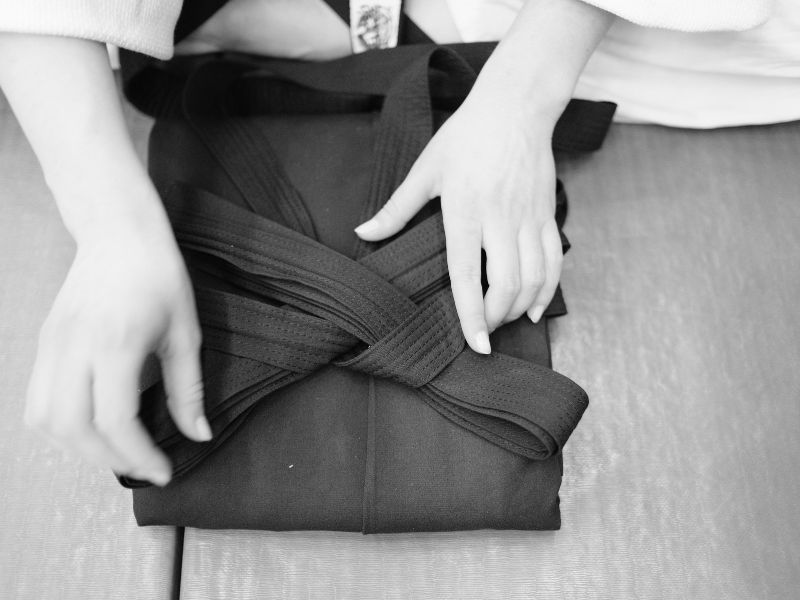
Most aikido practitioners wear a white dogi, or “uniform.” The dogi is a loose-fitting cotton kimono with a belt. In some schools, aikido students also wear hakama, which are pleated trousers that are tied at the waist and fall below the knee.
Male practitioners often don white tabi (socks), while female practitioners often wear white zori (wooden sandals). Some people also choose to practice without any clothes on in order to better feel their body and movements, but this isn't all too common.
Jujutsu Attire:
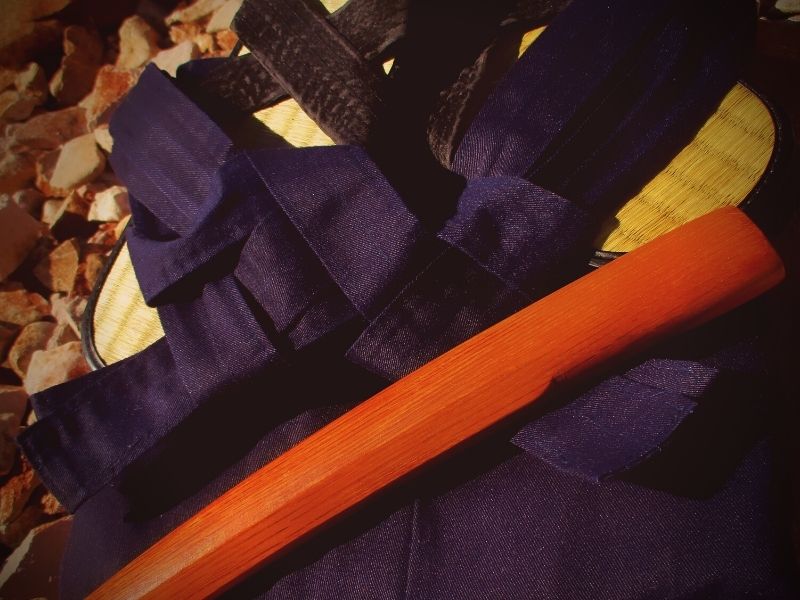
Traditional jujutsu uniforms are made of a heavy cloth called a "bokuden", which is resistant to cuts and slashes. This type of uniform was originally designed for samurai who had to practice in full armor.
Today, most jujutsu practitioners wear a lightweight cotton kimono, although some do still train in the traditional uniform.
What A Typical Aikido Training Session Looks Like
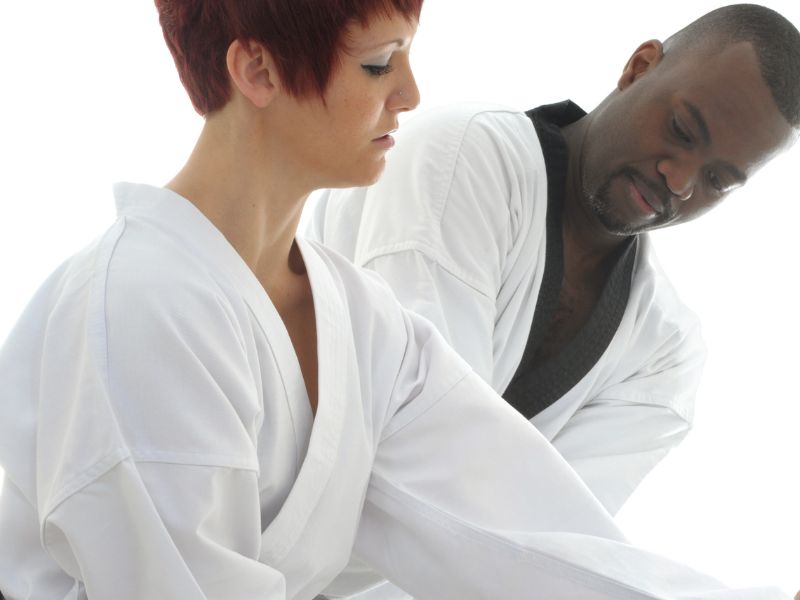
A typical Aikido practice session usually starts with a bow. This is a sign of respect for the dojo, the other students, and the instructor. The etiquette of aikido extends beyond just the bow, though. One must always be respectful, appreciative, and protective of all beings.
This attitude must be carried throughout the entire practice session.
Physical strain, whether during conditioning or in sparring against others, is part and parcel of Aikido. As such, practitioners need to maintain good manners and a positive attitude whenever they're in aikido class.
Aikido teaches you how to handle violence, but it still ultimately strives for peace, so never let your ego get in the way during your training.
Also remember that non-resistance is an essential element of proper aikido technique execution. Intercepting, deflecting, and redirecting an attack utilize the momentum and inertia of the attack.
Note that non-resistance does not mean being passively overpowered by the attack. But if you can avoid physical conflict, then you absolutely should.
It is also always important to maintain good posture and a relaxed body. Good posture includes maintaining your balance and keeping your center of gravity low. This helps you to be more aware of your surroundings and to respond more effectively to any situation.
Maintaining a relaxed body allows you to move more freely and makes it less likely that you will be thrown off balance by an attacker.
Similarly, be sure to focus on your breathing during aikido practice. This helps to calm and focus the mind, allowing for better decision making and execution of techniques.
Next, warm-up exercises are often done, including stretches and rolling or breakfalls (ukemi). These help to prepare the body for physical activity and prevent injury.
Following warm-ups, the instructor will lead the class through various aikido techniques and movements. These often involve practicing with a partner, called uke-nage (uke being the attacker, nage being the defender).
Practice with a spirit of cooperation, not necessarily competition. The goal is to mutually improve each other's technique and understanding of aikido principles, not to overpower or dominate the other person.
The practice session may also include weapons training, using a wooden sword (bokken) and wooden staff (jo). Weapons techniques often involve similar principles to those practiced with empty-handed techniques, but provide another layer of complexity and challenge.
What A Typical Jujutsu Training Session Looks Like
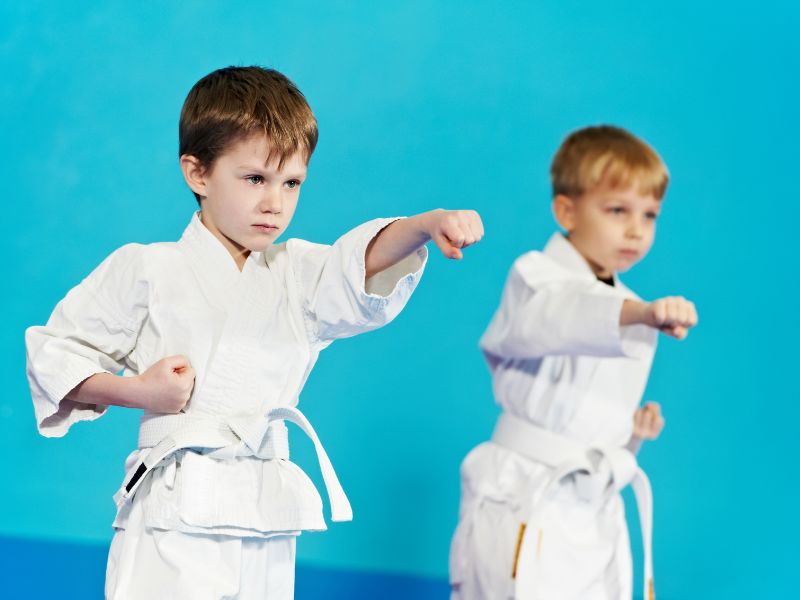
Most jujutsu classes will begin with a series of warm-up exercises. These exercises are designed to increase your heart rate and to loosen up your muscles. The warm-up exercises may include running, jumping, or other cardiovascular activities.
After the warm-up exercises, the class will move on to technique training. During this part of the class, you will learn various jujutsu techniques, such as throws, joint locks, and strikes. The instructor will demonstrate the technique and then the students will practice it with a partner.
Once you have learned some basic techniques, you will have the opportunity to spar with other students in the class.
Sparring is a great way to test your skills and to see how well you can apply the techniques you have learned. Remember that sparring is not a competition; it's an opportunity to practice in a safe and controlled environment.
In addition to learning techniques, you will also learn how to defend yourself in real-world situations.
The self-defense training will cover topics such as awareness, verbal de-escalation, and physical self-defense. This part of the class is designed to give you the skills you need to protect yourself in any situation.
At the end of the class, there will be a series of cool-down exercises. These exercises are designed to help your body recover from the strenuous activity of the class and to prevent injuries. The cool-down exercises may include stretching or light calisthenics.
If the last few sections have been a bit full-on or a bit too technical, you will like this next section! Why? Because who doesn't love a good martial arts flick?
Both Aikido and Jujutsu have been featured in a number of films and TV shows, so if you want to learn more about them, then entertain yourself with the following 👊
Aikido Movies

These are some of the top movies and shows with Aikido in them:
- The Blind Swordsman: Zatoichi (2003)
- The Last Samurai (2003)
- Kill Bill: Vol. 1 (2003) and Kill Bill: Vol. 2 (2004)
- Street Fighter (1994)
- Ong-Bak: The Thai Warrior (2003)
- The Challenge (1982) TV series
Next up, some of the best movies with Jujutsu in them are:
- The Three Ninjas (1992)
- Kill Bill: Volume 1 (2003)
- The Matrix Reloaded (2003)
- 13 Assassins (2010)
- The Bourne Legacy (2012)
Conclusion: Aikido Vs. Jujutsu

I hope you now have a deeper understanding of Aikido and Jujutsu. In all truth, it is not about which discipline is "better" as they each have their pros and cons. If you do plan on starting classes for either, please check out my other related posts, as I have tried my best to answer all the FAQs related to the art.
Feel free to share this post and any graphics you like, and of course, if you have any questions or thoughts, drop them below or shoot me an email, and I will be happy to assist 🙂
[author-box-jpx-fitness]
